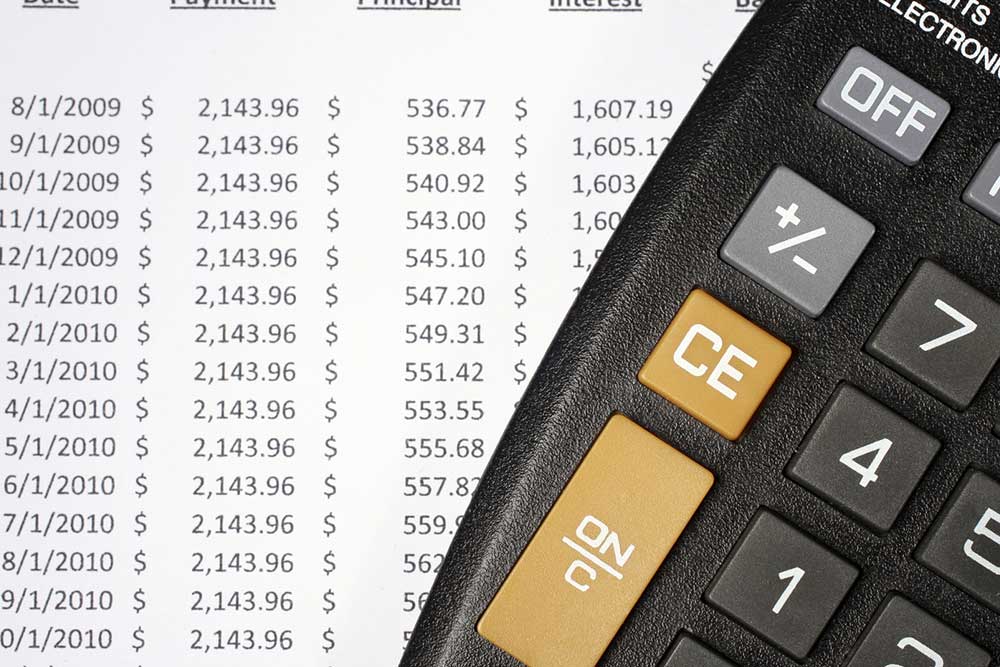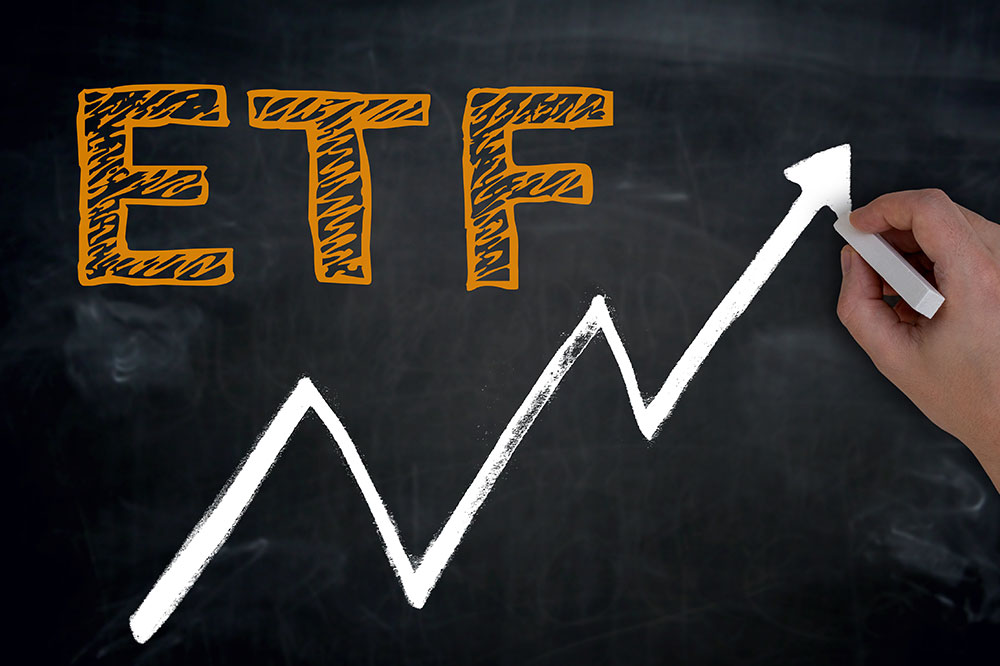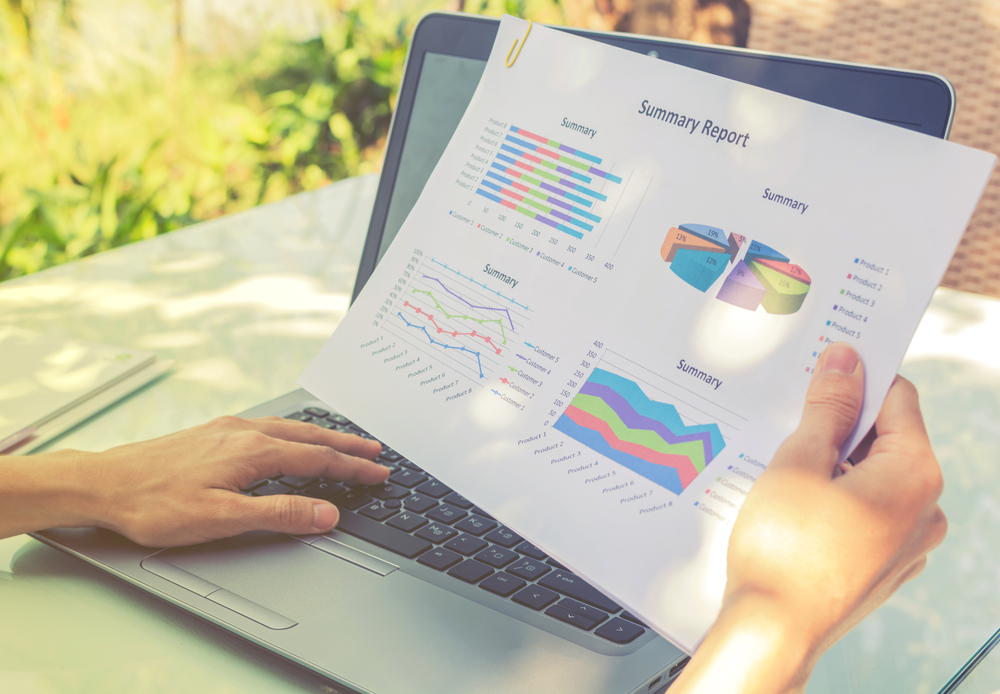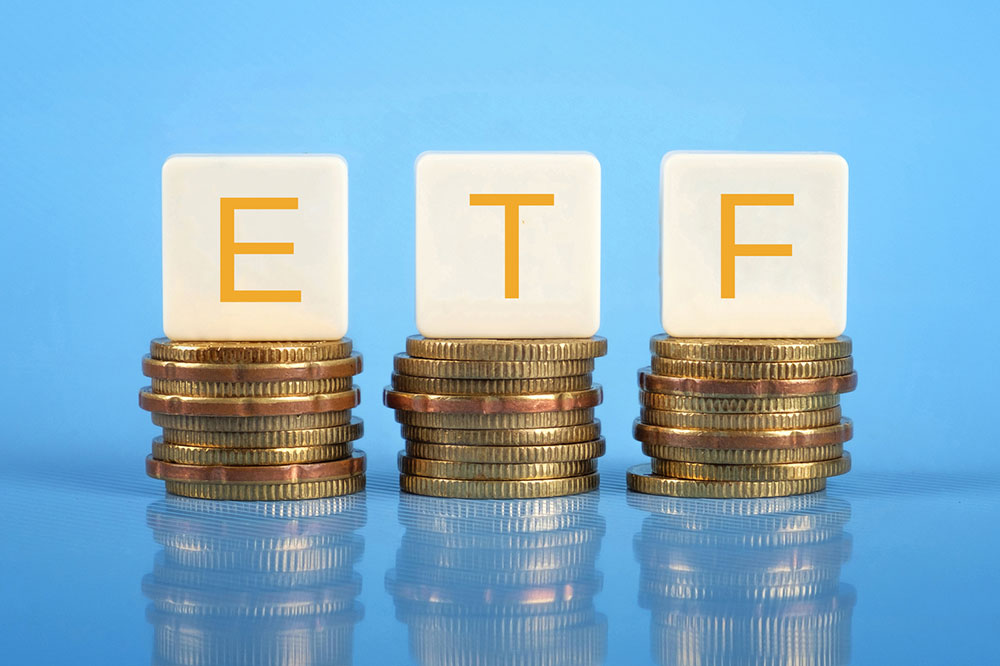Essential Strategies to Safeguard Your Investment in High-Yield Dividend ETFs
Discover essential strategies to avoid common mistakes when investing in high-yield dividend ETFs. This comprehensive guide highlights the importance of long-term planning, thorough research, selecting the right ETFs, and smart investment sizing. By understanding these critical points, investors can maximize returns, reduce risks, and build a stable income stream. Whether you're a beginner or an experienced investor, these insights will help you craft a resilient ETF portfolio aligned with your financial goals.
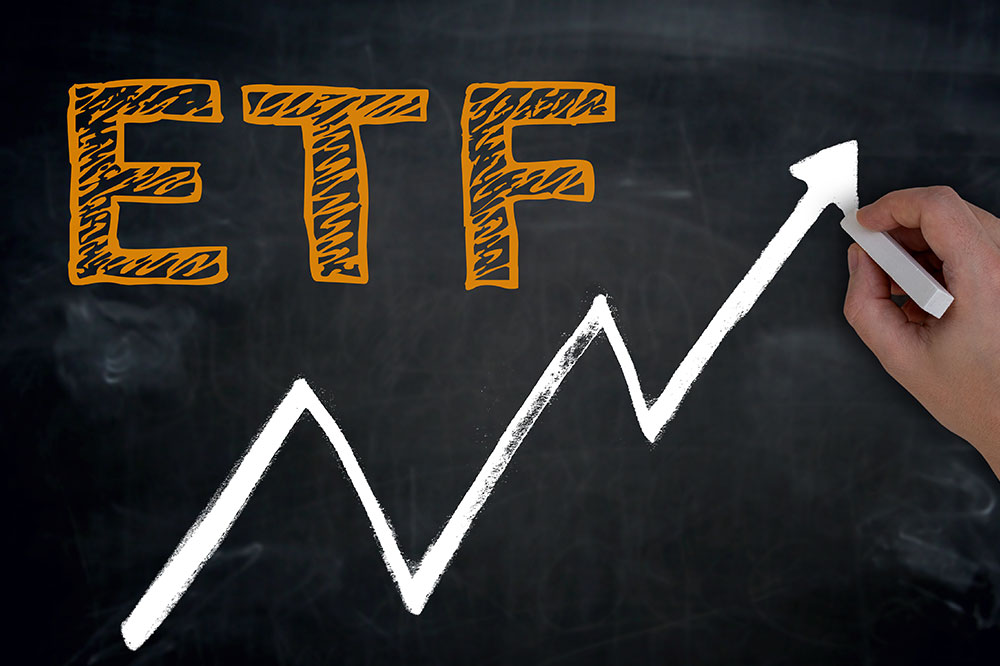
Exchange-Traded Funds (ETFs) have become a dominant force in modern investment portfolios, offering both accessibility and diversification to investors worldwide. Among the various types of ETFs, high-yield dividend ETFs are particularly attractive for those seeking regular income streams along with capital appreciation. As their popularity continues to surge, it’s crucial for investors to understand the potential pitfalls that can undermine their success. Proper knowledge and strategic planning are essential to avoid costly mistakes and ensure a prosperous investment journey. In this comprehensive guide, we will explore the critical errors to avoid when investing in high-yield dividend ETFs, providing insights into best practices to optimize your returns and minimize risks.
Understanding the Significance of Long-Term Investment Goals
One of the foundational principles of smart investing is establishing clear, long-term financial objectives. Many novice investors make the mistake of reacting to short-term market movements or chasing quick gains without a sustainable plan. This approach can lead to emotional decision-making and, ultimately, subpar performance. When it comes to high-yield dividend ETFs, a long-term perspective not only allows dividends to compound but also helps investors ride out market volatility.
Investing with a long-term horizon encourages patience and discipline, which are critical during downturns. While day trading or short-term speculation might seem enticing, these strategies involve increased transaction costs and the risk of significant losses. Instead, a focus on consistent, long-term growth aligns well with the nature of high-yield dividend ETFs, known for their stability and income generation over time.
The Dangers of Relying Solely on ETF Names and Labels
ETF branding and names can often be misleading if not critically examined. Some ETFs are marketed heavily based on attractive-sounding themes or high dividend yields, but their actual holdings may not align with investor expectations. For example, an ETF labeled as “High-Yield Dividend ETF” might include sectors or assets that carry higher risk or limited growth prospects.
To avoid falling prey to marketing hype, investors should thoroughly research the underlying assets, sector focuses, and investment strategies of the ETF. This includes reviewing the fund’s prospectus, understanding the dividend distribution policies, and analyzing the ETF’s historical performance and holdings. Making investment decisions based solely on names or branding can lead to unintended exposure to sectors or companies that do not match your risk profile or investment objectives.
Choosing the Right ETF: Recognizing Market Signals and Liquidity
Selecting the appropriate high-yield dividend ETF requires careful evaluation of market signals and liquidity metrics. Factors such as tracking error, bid-ask spreads, and assets under management (AUM) can impact the ease of entering and exiting positions. ETFs with low liquidity may experience wide bid-ask spreads, resulting in higher transaction costs and potential difficulties when adjusting your portfolio.
Additionally, assessing the fund’s historical performance, dividend stability, and sector exposure can help identify ETFs that are more resilient in diverse market conditions. Be vigilant about warning signs such as declining assets, poor tracking accuracy, or limited trading volume, which could indicate underlying issues. Recognizing these indicators allows investors to preempt losses and optimize timing for buying or selling ETFs.
The Crucial Role of In-Depth Research in ETF Investing
Thorough research is the bedrock of successful ETF investing. High-dividend ETFs often span multiple sectors and asset classes, making it essential to understand how they fit within a broader, diversified portfolio. Investing without proper due diligence can lead to redundancy, sector overconcentration, or unforeseen liquidity challenges.
Investors should analyze the ETF’s holdings, dividend yield history, management fees, and the credibility of the issuer. Comparing similar ETFs helps in identifying those with better performance metrics and lower costs. Furthermore, understanding market cycles and economic outlooks can aid in selecting ETFs poised for growth or stability, aligning with your overarching investment goals.
Implementing Smart Investment Size Strategies
Determining the optimal size of your investment is vital for balancing risk and reward. Many investors use dollar-cost averaging (DCA) to mitigate timing risks by investing a fixed amount regularly, regardless of market fluctuations. However, investing very small sums can erode gains due to high transaction fees and limited impact on overall portfolio growth.
On the other hand, overly large investments in a single ETF can expose investors to unnecessary risk if the fund underperforms or faces unforeseen issues. Hence, striking a balance—allocating sufficient capital to benefit from dividends and growth opportunities while maintaining diversification—is key. Some brokerages offer commission-free trading on specific ETFs, enabling investors to build positions gradually without incurring excessive fees.
Conclusion: Building a Resilient and Profitable ETF Portfolio
Investing in high-yield dividend ETFs offers an attractive avenue for generating passive income and achieving long-term financial stability. However, this potential can only be realized by avoiding common pitfalls and adhering to sound investment principles. Setting clear goals, conducting meticulous research, choosing timely and liquidity-appropriate ETFs, and managing investment sizes prudently are essential steps in crafting a resilient portfolio.
Remember, successful investing is an ongoing process that requires vigilance, adaptability, and informed decision-making. By steering clear of these critical errors, you can maximize your returns, mitigate risks, and build a sustainable income stream through high-yield dividend ETFs. Equip yourself with knowledge, stay disciplined, and approach your investments with a strategic mindset to turn your financial goals into reality.


